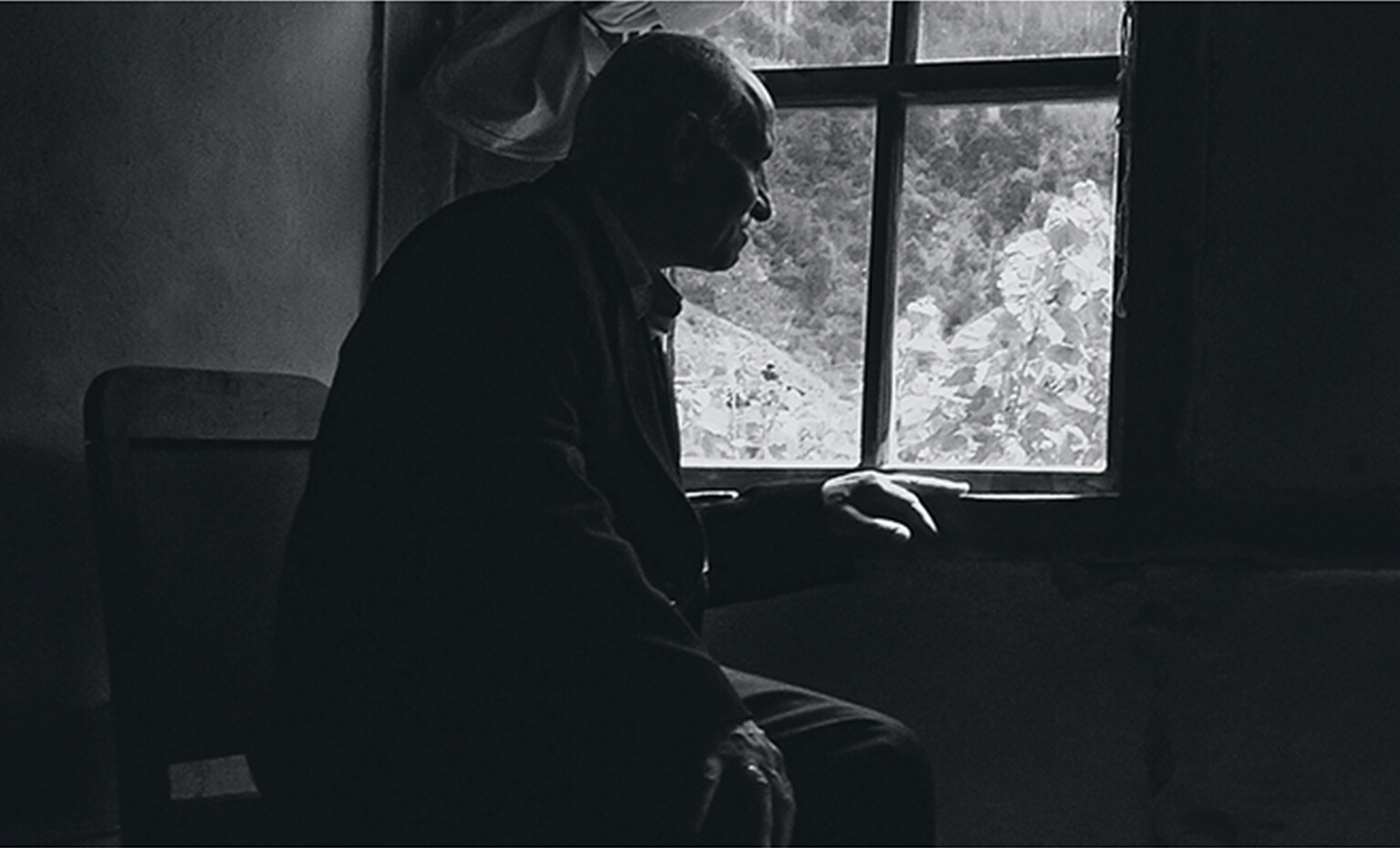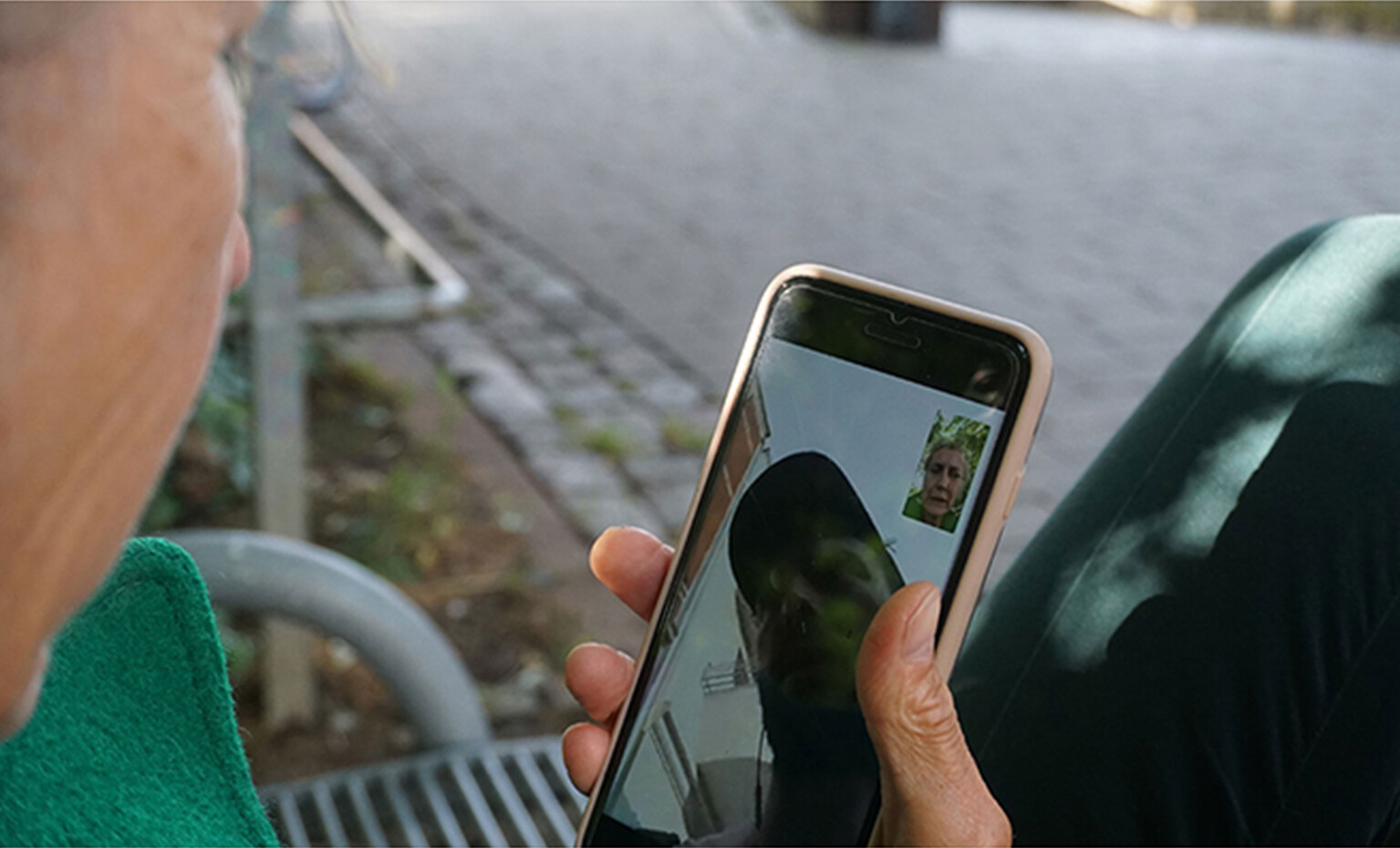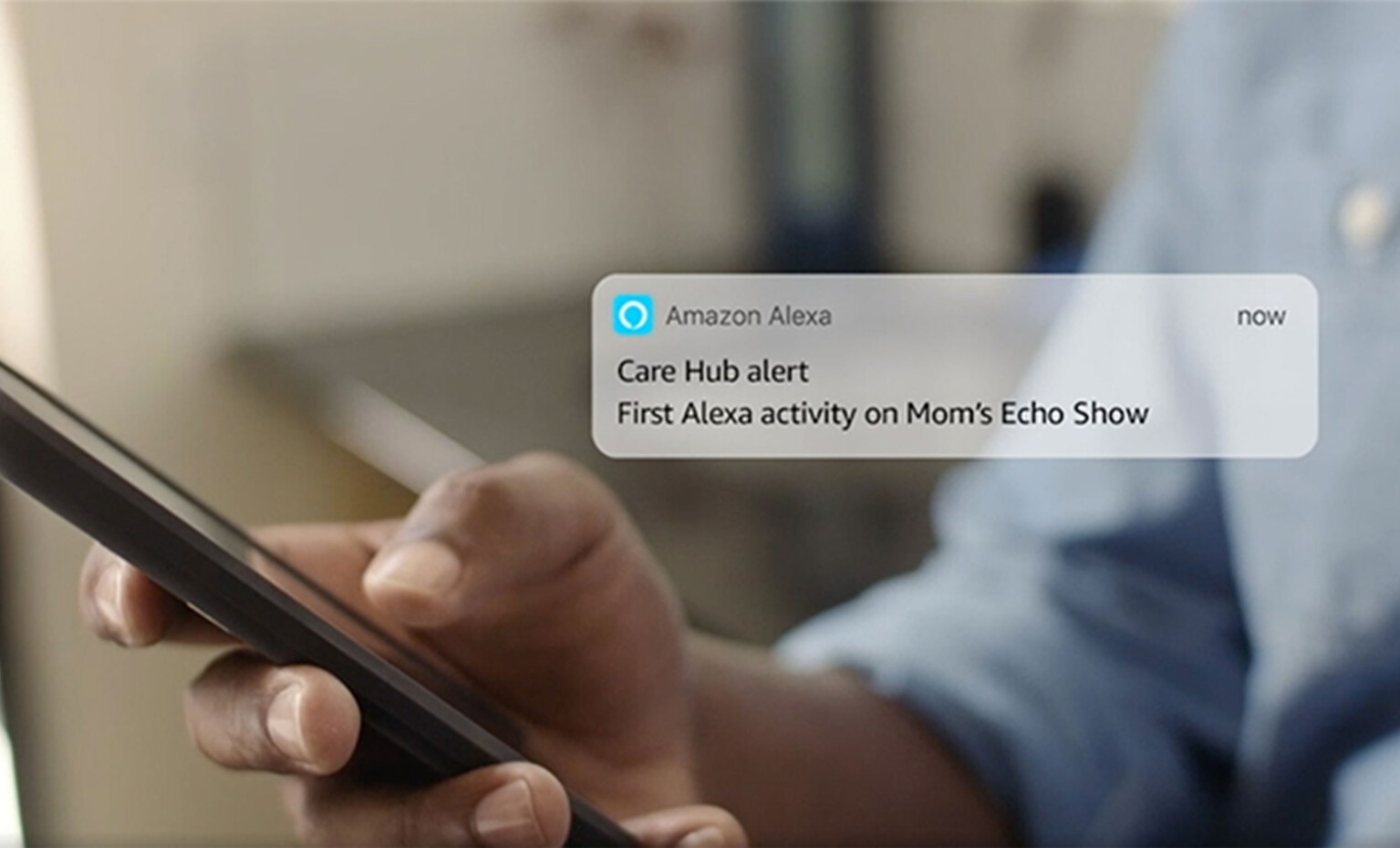Sara Oliver G.V.
Associate Creative Director

Could a voice assistant help alleviate the feeling of loneliness in our elderly?
Loneliness and the elderly are very familiar concepts that most of the time, sadly, go hand in hand. To answer this, we must first use our empathy to understand this feeling’s why’s and nuances.
Empathy is the way to go if we want to design a proper and effective solution. Proving if voice assistants in healthcare would be helpful, is something that comes after. The process for Conversational Design is very tight to the User Experience workflow. So the first step is research.
Why do older adults feel lonely? How this affects their everyday life? And to see if a voice assistant is an adequate solution, how is the relationship between the elderly and the new technologies?

When talking about loneliness, it is essential to differentiate between wanting to be lonely and feeling lonely. This last one, the feeling, is the one we are trying to tackle. Feeling lonely is not necessarily related to the number of people you are surrounded by, but to a certain inner emptiness, sadness, and a feeling of isolation that people can experience.
Having an identity crisis, provoked by several significant losses from our social communities.
Having an autonomy crisis, given by the organism’s deterioration and the impossibility of developing daily-life activities
Having a belonging crisis, linked to our social network loss and a lack or dissipation of purpose.
These causes can go alone or even combined. But these are just some desktop research conclusions that later helped define a more specific approach to the one-on-one interviews. Having a better understanding of the causes increased our ability to empathize with the interviewees. In the end, they are potential users of our designed solution.
Now, let me tell you about some of the most significant insights that came out from the individual interviews, and a general observation of their context and life routines:
This could be a TV, radio, music, or anything that could distract their minds from thinking too much. If we think this through, this is a strategy we all use. Silence pushes us to confront ourselves. So if we break the silence, it is more likely that we can focus our attention away from our feeling of loneliness. Entertainment then is a must in our solution.
Each person creates their strategies to alleviate the pain of loneliness, so we could say there are as many solutions as lonely people. Nevertheless, we know that loneliness is about meaningful interactions. How might we bring other humans closer to our elderly? More importantly, how might we achieve this by using voice assistants in healthcare?
Seniors learn to use certain technologies out of a need to communicate with their loved ones. Besides, most of the time, the family young ones take care of teaching them. Older people will first learn how to use a smartphone than a computer. With this last point, we see that the most powerful technology is the one that empowers our humanity and bring us closer together.

Once we’ve collected important insights, we start thinking about the technology.
In conversational design, we must take into account a significant factor: the current technology limitations. The entertainment world of science fiction has convinced us of the great possibilities for voice interactions—that I am sure will come to terms rather sooner than later. However, this technology is relatively new and still needs a lot of development. For example, we jet can’t have a real fluid and natural conversation with our voice assistants.
One of my favorite parts of the conversational design, be it for healthcare voice assistants or other industries, is designing a Voice Persona. Visual Interfaces have a particular aesthetic involving colors, shapes, typographies, and voice assistants have personalities or, as we like to call it at VUI.agency, a voice charisma.

The charisma that we’ll give to the assistant can determine the level of empathy the user will develop for it. Think it this way; if you create empathy from the user to the assistant, you are helping the user bond with the technology, increase its use, and probably generate customer loyalty. No empathy, no bonding.
The design of a Voice Persona is a whole process and will create the base for the conversations you want to design. The flow of the conversation can be similar to a screen interaction design but more complex. As the user doesn’t have a visual list of possible interactions, memory plays a crucial role. Suppose we don’t plan accordingly for all the possible user intents, besides the different paths you’ve designed for the assistant to take. In that case, the risk of failure increases exponentially.
With all these things in mind, imagine that we have a conversational design flow in place. We need to go back to the question, have we created a real solution that our elderly will use? Sometimes, we are so focused on the solution that we forget how our design will affect the context in which it’s used. This video by Superflux is a terrific example:
According to the Spanish National Institute of Statistics, in 2050, 30% of Spain’s population will be over 65 years old. I am sure that this will be the same reality in most countries. Besides, if we haven’t already, each of us will get to know up close the feeling of loneliness.
With this paradigm in mind, we have to create significant relations that help alleviate the feeling of loneliness to people who aren’t close to the technological culture; challenges must be re-defined.
Adapt the language of the machine to a more natural and human one.
Giving not only tools but human skills to this technology.
And last but not least, making voice technology pro-active. A technology that not only provides us with a service but also activates our relationships and conversations.
We start seeing many initiatives and projects happening in the direction of healthcare voice assistants. For example, Amazon introduced in their last event new features like group calling and Cared Hub. The Cared Hub feature will enable family members to care for aging loved ones, even from a distance.

First, you and a family member agree to create a connection between your two Alexa accounts. Then, if your loved one needs help, they can call you as their emergency contact by saying, “Alexa, call for help.” Moreover, you can also set up an alert if no activity is detected before a particular time of day so that you can call to check-in.
So, how do you feel after reading about this? How would you alleviate the feeling of loneliness?